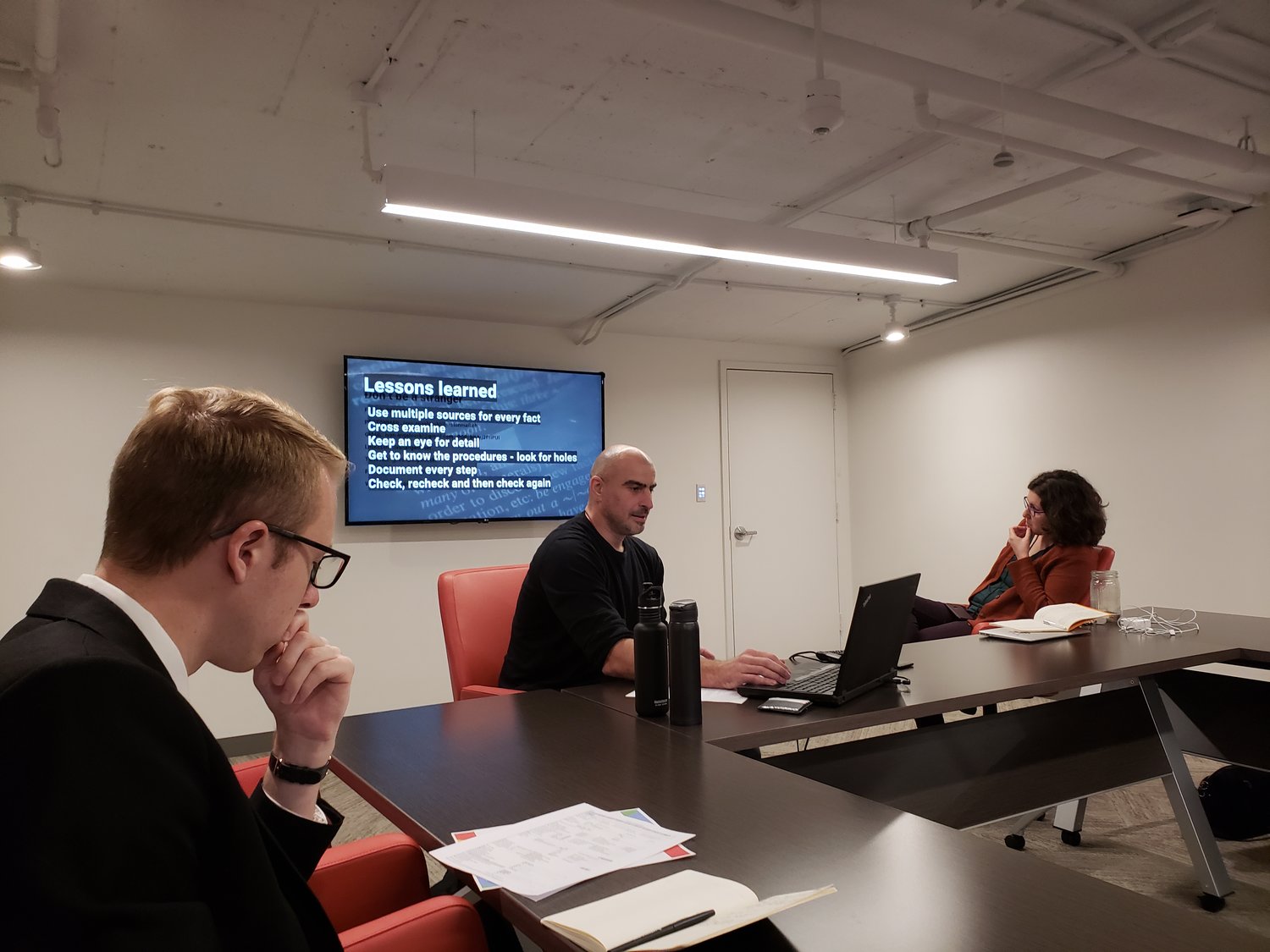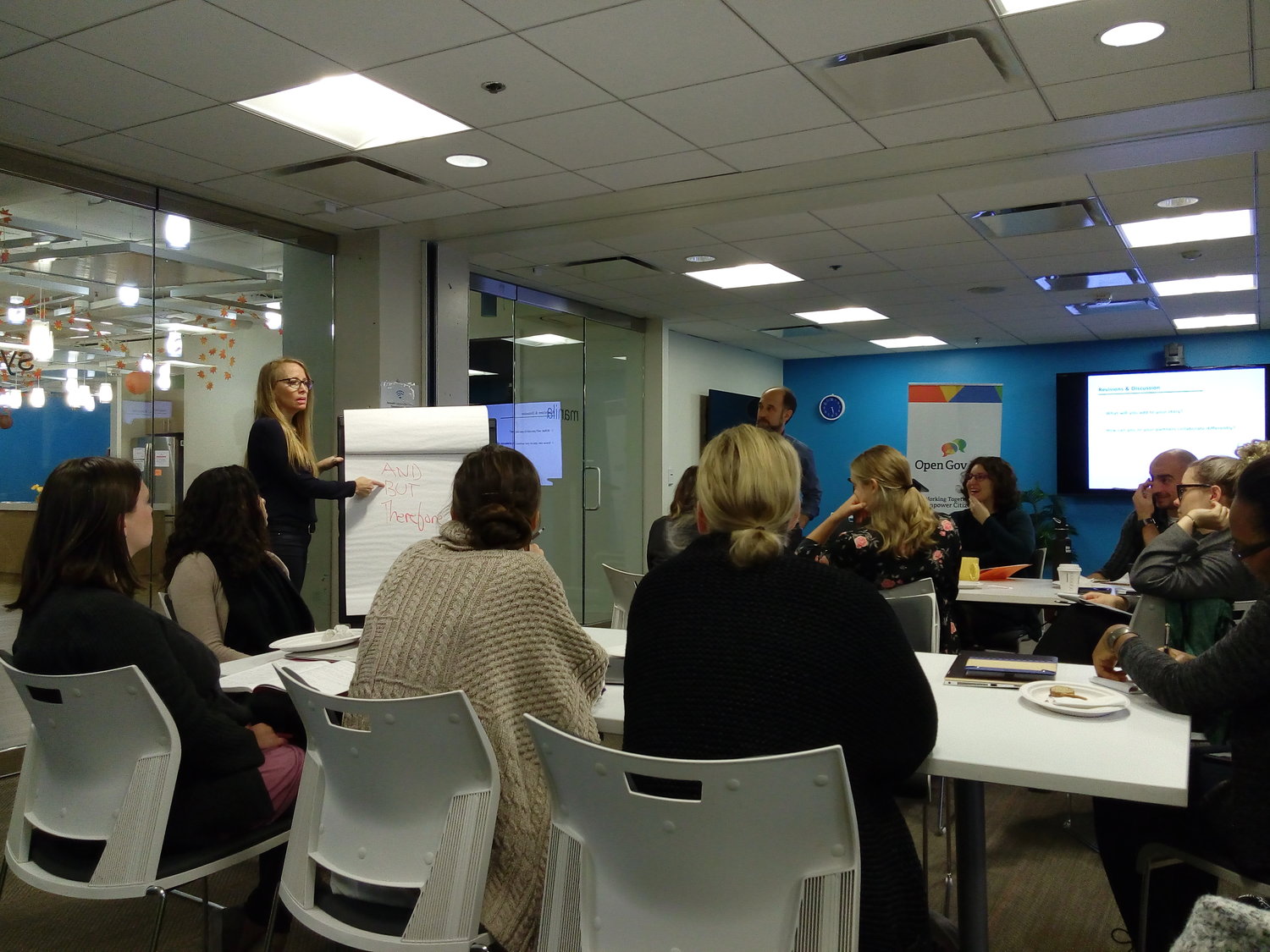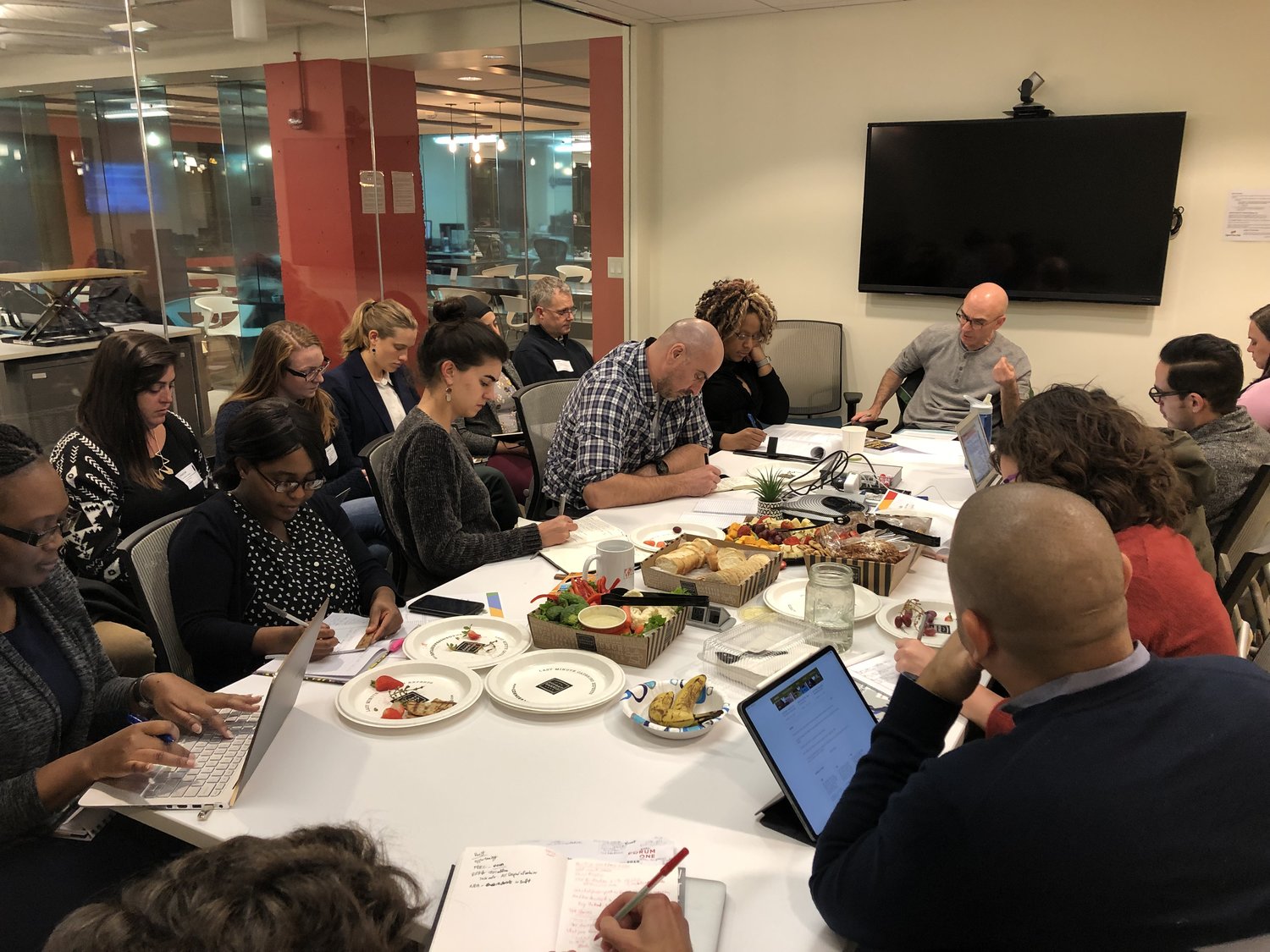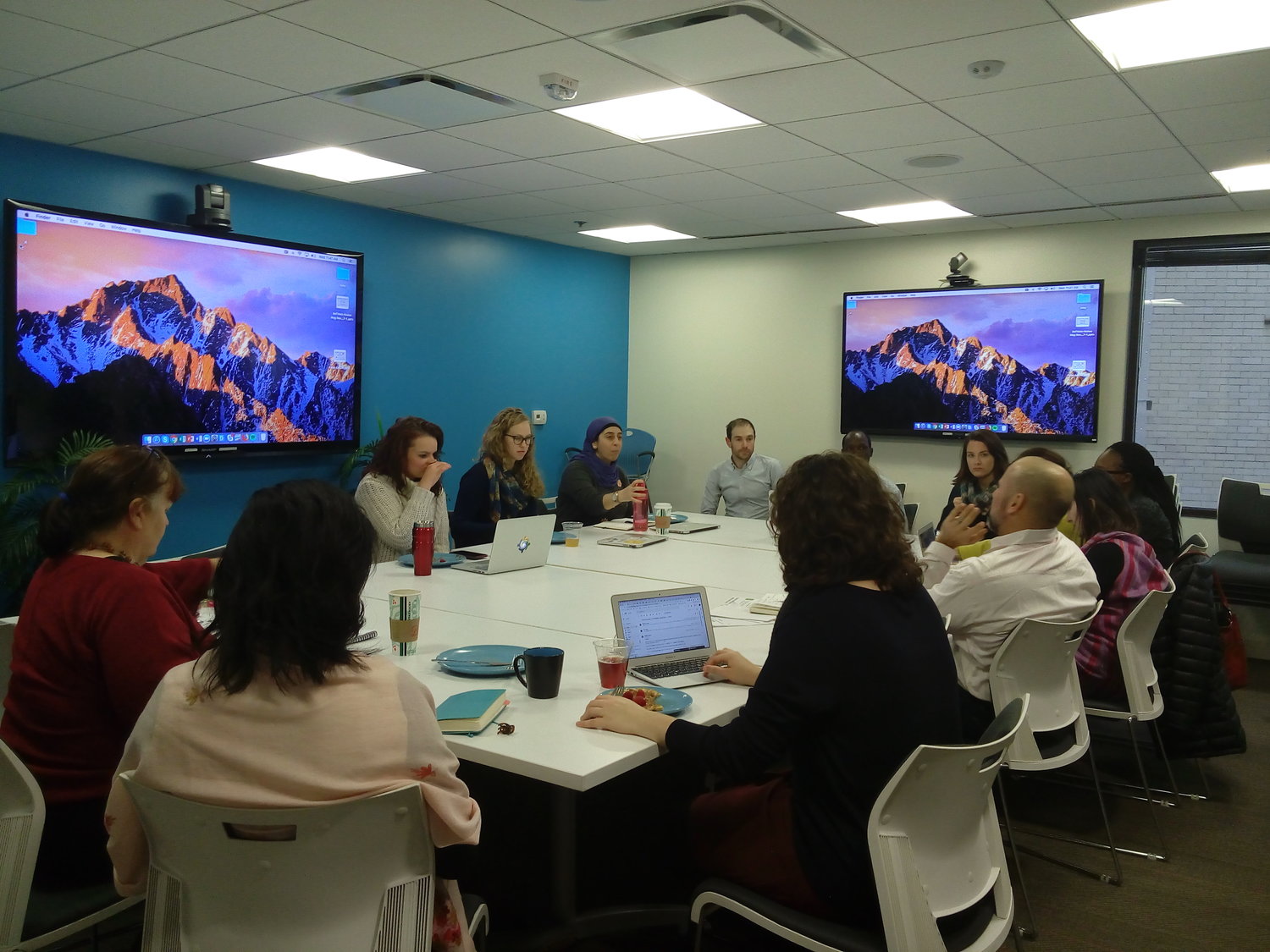originally posted on Open Gov Hub
Over the last few months, we ran a special series of workshops for Open Gov Hub members, called Educating and Storytelling for Impact.
The goal of this series was to help Hub organizations improve their ability to educate people on the policy and social issues they work on, and better tell stories that describe the impact of their work, effectively growing and engaging their audiences.
The reason we selected these 2 issues as the focus for our latest member workshop series is because over the summer while doing an analysis of our network, we found these 2 things to be activities many members do, but with lots of room for improvement..
Now that the series has ended, we’re happy to share Top 3 Takeaways from each workshop, covering a wide range of issues – each with lots of practical advice we hope you can immediately apply to improve your work.
As a participant in all sessions, I appreciated how interactive they were, and how each presenter did a great job of modeling the advice they offered, within the session itself.
Please enjoy these nuggets of wisdom, and look out for more member workshop series and other professional.educational activities in the future!
WORKSHOP #1 – HOW A $3.2 BILLION INTERNATIONAL ARMS SCANDAL WAS UNCOVERED
DATE: October 18, 2018
PRESENTER: Ivan Angelovski
TAKEAWAYS
- Presenter Ivan discussed how he was part of a team of 20+ reporters working for 2 years across 20 different countries, who ultimately uncovered a $3.2 billion arms trade scandal that was explained in 25+ stories with 1000+ republishings and received the Global Shining Light Award during the Global Investigative Journalism Conference. One of his leads directed him to one photo on Facebook – of a cargo plane found to be carrying weapons from Serbia to Saudi Arabia then Syria – which became the catalyst for this entire effort.
- The ultimate violation this project uncovered was the intentional hiding of who the end users of these weapons were. This violates the UN Arms Trade Treaty (which many countries are signatories of, though not the US). The investigation found that these arms were ultimately financed by the US, produced in Central and Eastern Europe, then shipped on paper to places like Saudi Arabia and UAE, but secretly ended up fueling the conflict in Syria.
- Ivan and his colleagues used open source platforms – like flightaware.com, opencorporates.com, and open procurement data on usaspending.gov and FPDS.gov – as part of this investigation. Key lessons from this experience were: use multiple sources to validate facts, document each and every step you take (you never know what image/document/detail may hold the key to your story later), and get to know the administrative procedures behind the scenes for whatever issue you are researching, so you are able to find holes and red flags.

WORKSHOP #2 – STORYTELLING: FINDING YOUR STORY AND YOUR STRATEGY
DATE: October 29, 2018
PRESENTERS: Jed Miller & Stacy Whittle
TAKEAWAYS
- Every story has five basic but important elements. These five components are: the characters,
the setting, the plot, the conflict, and the resolution. These essential elements keep the
story running smoothly and allow the action to develop in a logical way that the reader/listener
can follow. - Understand that stories for nonprofits can have different uses/purposes such as advocacy; to promote an idea/program/project; to show impact; to help fundraise; and to evaluate. These are the most common uses/purposes for using stories amongst transparency and accountability practitioners. It is key to first determine what is the purpose of your story and what do the readers need? Once you answer these two key questions, you will be able to write a story that is fit for purpose and more importantly a story that will yield a reaction/results you desire
- Key recommendations for coming up with good stories and strategies include:
– Broaden your definition of outcomes and results
– Talk to others in your organization more, and sooner – too many silos between those responsible for MEL; program implementers and the program beneficiaries
– Let local groups tell their own stories on their own terms , be sensitive to ethical guidelines which have been developed in the Journalism discipline.
– Let bad news travel . Don’t be quick to cover/bury/dismiss what you consider is a negative story. Stories that demonstrate failure can be rich in lessons and just as powerful
– Information alone is not a story. Identify pieces of information about your work that together cover the 5 core elements of any story. Be selective and wise regarding which stories you choose to develop and why.

WORKSHOP # 3 – HOW TO GO VIRAL ONLINE: A WORKSHOP ON THE SECRETS OF BLOGGING EFFECTIVELY
DATE: November 15, 2018
PRESENTER: Dr. Joseph Romm (author of How To Go Viral and Reach Millions: Top Persuasion Secrets from Social Media Superstars, Jesus, Shakespeare, Oprah, and Even Donald Trump)
TAKEAWAYS
- Bloggers should be both “clicky” (have a powerful headline that grabs attention) and “sticky” (have engaging prose that keeps your reader on the page). Remember your headline is the sole determinant of whether or not people will read your post. Engaging prose is one that actually tells a story (context -> tension/conflict -> resolution), not bombards people with fact after fact.
- To help make your content more likely to go viral, think about the core elements of good stories that are brains are hardwired to seek. You should:
- use short words
- use figures of speech (irony, metaphor, foreshadowing, humor, etc.)
- consider “the hero’s journey” format (half of all viral stories ever told in history follow this)
- Follow the format of “and” (give basic context), then “but” (add tension to any story), then “therefore” to give a resolution.
- Tools like ChartBeat that provide bloggers real-time updates on who is reading your content and how long they are spending on each post. The element of a good story entails painting a picture of a situation and then presenting a resolution. Content that people are most likely to share evokes awe, anxiety, anger or humor.

WORKSHOP #4 – HOW TO AVOID DEATH BY WORKING GROUP: A WORKSHOP ON MODELING EFFECTIVE PEER LEARNING
DATE: November 28, 2018
PRESENTER: Wayan Vota
TAKEAWAYS
- You must plan in advance for interaction & engagement in any working group you facilitate; do not expect it to happen automatically. Plan by picking the right people and giving participants a role to play during & after meetings
- Timing is everything. Finding the right time to meet is critical. Early morning times have proven to be better than try to meet during or after work hours. Avoid meeting more often than needed.
- Pick a strong moderator for each meeting/session. Volunteer moderator can only get you so far. A string moderator is not someone who talks the most but is someone who is good at drawing good ideas and managing dominant people as well as people who are passive and shy
For more tips see a separate blog on this topic: http://opengovhub.org/blog/12/2018/top-8-ways-to-avoid-death-by-working-group






